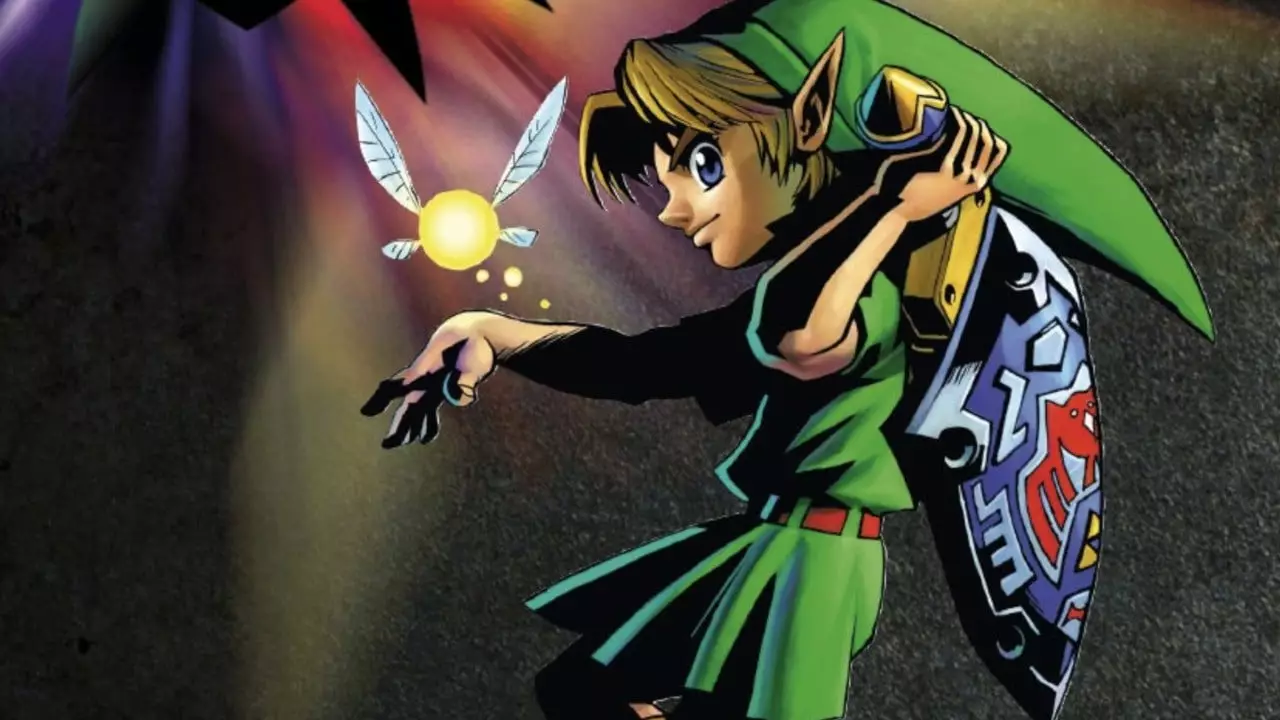The world of video gaming is littered with innovations that never reached their full potential, often overshadowed by the next big thing. One such innovation is the Nintendo 64 Voice Recognition Unit (VRS), a peripheral that elicited intrigue but found limited application during its era. As we delve into the details surrounding the VRS’s integration—or lack thereof—into games like “The Legend of Zelda: Majora’s Mask,” we uncover a fascinating glimpse into the crossroads of technology and game design.
Nintendo has a rich history of experimenting with hardware by releasing various peripherals to complement their gaming systems. The Nintendo 64, in particular, paved the way for groundbreaking gaming experiences with its 3D capabilities but also ventured into uncharted territories, such as voice recognition. The introduction of the VRS was a bold move, showcasing Nintendo’s ambition to innovate gameplay mechanics and immerse players in unprecedented ways.
However, the peripheral did not find substantial support among developers or the gaming community, as only a handful of titles integrated this advanced feature. “Hey You, Pikachu!”, for example, actively incorporated voice commands, while others, most notably “Majora’s Mask,” had traces of this functionality buried within their code but never fully realized in gameplay. The grand experiment that was the VRS ultimately raised questions regarding its feasibility and impact on gaming experiences during its time.
Recent efforts from modders, particularly Skawo, have highlighted how “Majora’s Mask” supports the VRS, although this functionality never made it to the final version of the game. Skawo’s findings reveal a treasure trove of unused voice commands that were designed to interface with the VRS. Discerning the intricacies of the game’s code leads to an exciting revelation; players could have instructed the game to execute commands like taking pictures or requesting milk from cows—all with their voices.
What makes this discovery particularly captivating is that these functionalities were embedded in all versions of “Majora’s Mask,” which nonetheless anticipated the Japanese version of the VRS and its corresponding commands. In a world where voice control is becoming increasingly common, this peek into historical code demonstrates how close the game was to exploiting this technology for enhanced player engagement.
Detailed exploration of the game’s mechanics reveals five specific voice commands intended for players. They were designed to facilitate interactive behaviors within the game, such as waking up characters, tracking in-game time, and even rewarding Link’s horse with carrots. These commands could have revolutionized the gameplay experience by permitting players a richer, more interactive narrative within the game’s already complex structure.
Additionally, the existence of a tantalizingly elusive sixth command—rumored to be a command for the dogs—adds to the intrigue. It begs the question of what could have been had Nintendo fully integrated voice recognition into not only “Majora’s Mask” but potential future titles as well. The limitations imposed by the coding decision, which failed to activate the commands due to a lack of the necessary conditions being met within the game’s logic, leave gamers wondering about the experiences that were lost.
The revelations surrounding the VRS and “Majora’s Mask” spark a broader conversation about the role of technology in gaming. As voice recognition continues to become more prevalent in modern gaming, employing AI-based assistants for facial recognition and adaptive behaviors, we are left wondering how these early experiments with the VRS foreshadowed this innovation. Gamers today have become accustomed to features that allow hands-free commands and personalized experiences, illustrating not only the evolution of technology but also player expectations.
Ultimately, while the VRS and its brief dalliance with “Majora’s Mask” serve as a testament to gaming creativity, they also pose a significant reflection on missed opportunities. Could Nintendo have leveraged this technology to create a more immersive and dynamic experience? As the gaming industry continues to evolve, we are reminded that sometimes, the most interesting journeys are those that never fully materialize. What do you think? Would a voice recognition feature revitalized in modern titles breathe new life into nostalgic franchises? The potential remains vast.


Leave a Reply